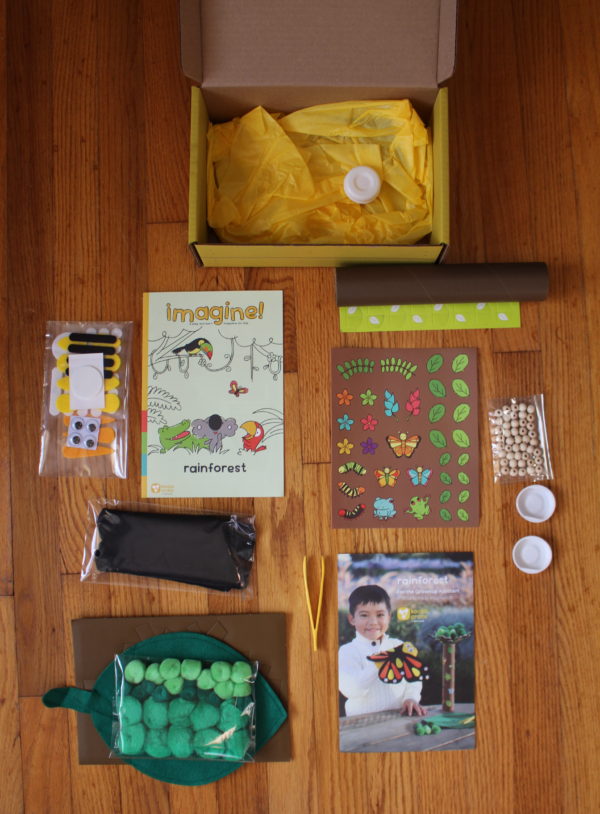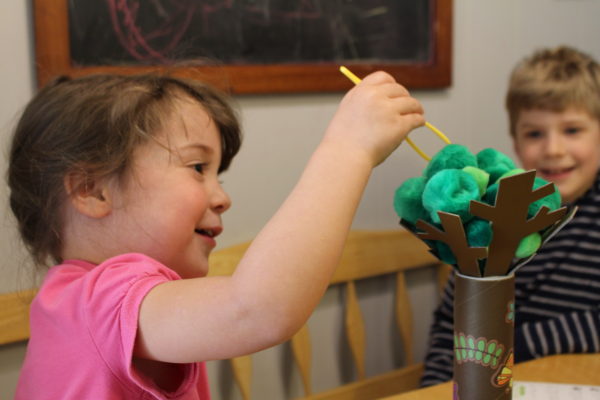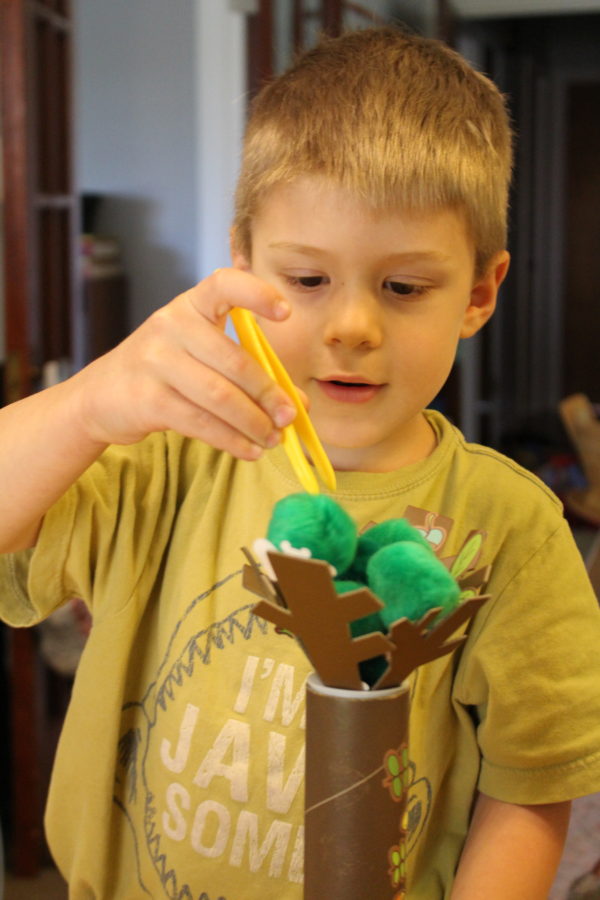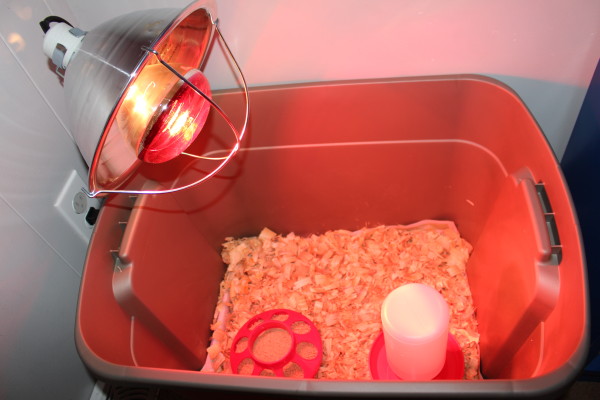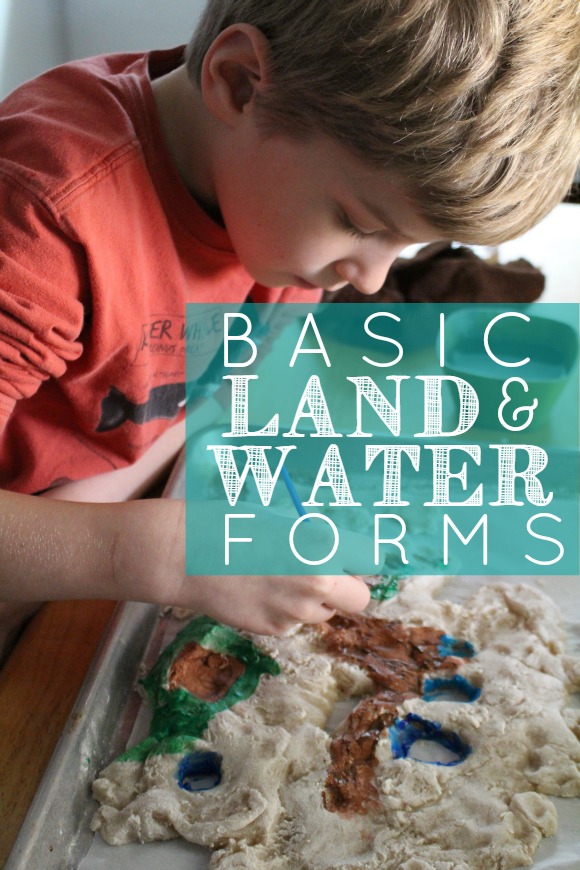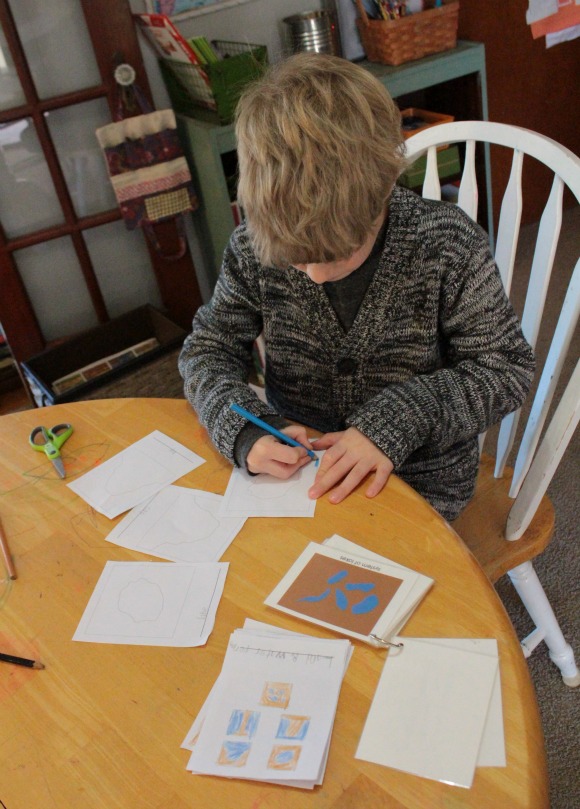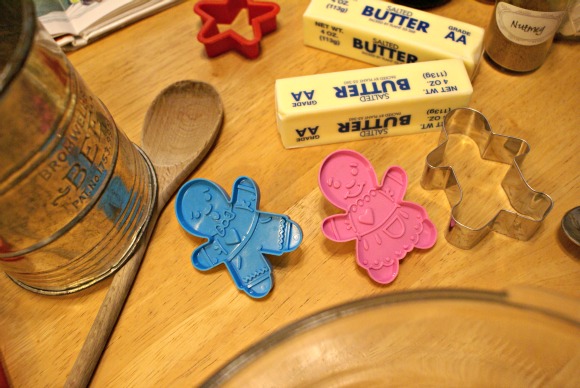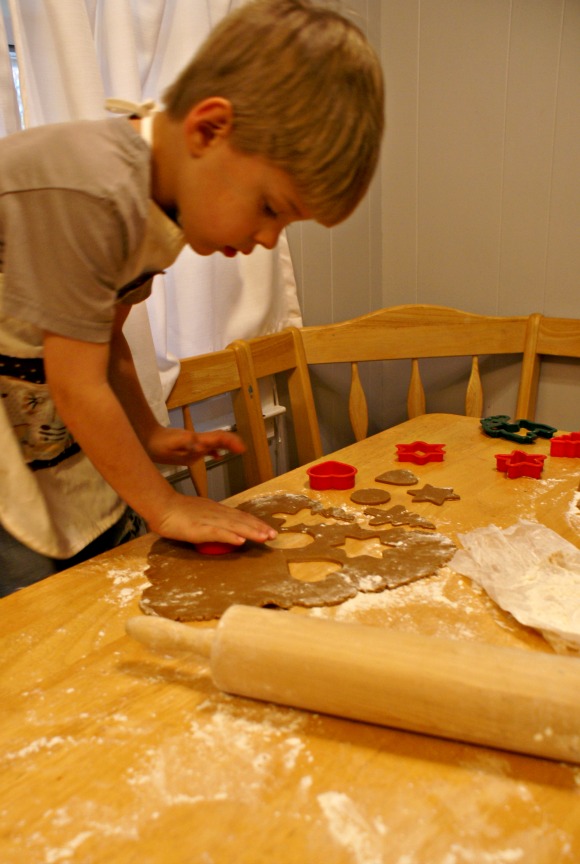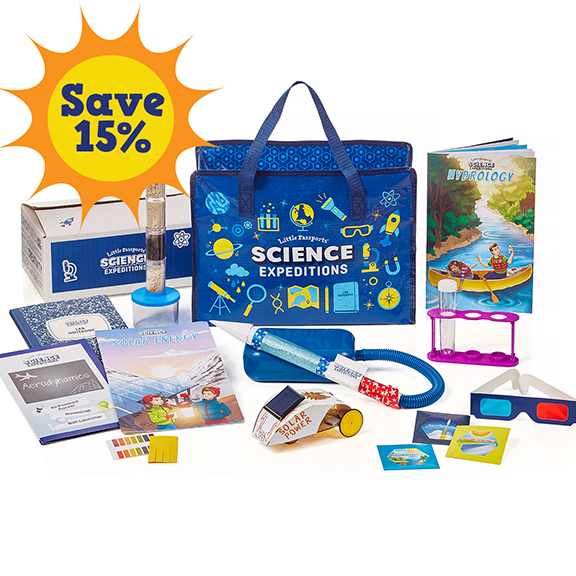 We’ve been fans of Kiwi Co for awhile now and recently the people at Kiwi Crate reached out to us and asked if we’d be interested in reviewing a Koala Crate.
We’ve been fans of Kiwi Co for awhile now and recently the people at Kiwi Crate reached out to us and asked if we’d be interested in reviewing a Koala Crate.
Umm…yes.
These little faces were excited to get a box all their own.
What’s the difference between Kiwi Crate & Koala Crate?
#1 – Kiwi Crate is geared toward children 5 to 8 years old, while Koala Crate is aimed at children 3 to 4 years old.
When our Kiwi Crate box arrives, we generally do the activities together. Joey (age 7) is really the only one who can do the Kiwi Crate independently. All the kids have fun, but Kiwi Crate is much more hands on for mom with the littles.
With the Rainforest Koala Crate, Otto (age 5) was able to complete the crafts independently. The step-by-step directions were written and paired with pictures for each step. Olivia (age 3) enjoyed building the crafts and playing the tree game, but did need some help with assembly.
#2 – Koala Crate comes with its own magazine called Imagine!. Kiwi Crate has its play and learn magazine, Explore!
Imagine is much shorter than its Kiwi Crate equivalent. There is still a story, a page with facts about rainforests, directions for an extra craft, recommended books on the topic, and a ‘Find the Difference’ picture game.
Joey was quick to point out that there are a lot more activities to draw, make, and experiments to try in the Explore magazine. This was a little disappointing, since Olivia’s favorite part of the Kiwi Crate magazines is to go back through and play the games and draw through the different activities. I was a little surprised there wasn’t more activities or even coloring pages in Imagine.
What’s the same?
Everything you need is right in the box.
It’s still the same great quality of materials, as well as enough pieces leftover to use later.
The directions are simple, clear, and concise.
They still need a grownup. Yep. It’s not a babysitter in a box.
Tour the Rainforest Koala Crate
The first project was a butterfly puppet. The cool thing about this puppet is that you can fold the wings in and flip the puppet inside out to reveal the caterpillar side!
Next, they put together their own musical rainstick. They weren’t quite sure what a rainstick was and kept trying to shake it.
Once they finished making their rainsticks, they assembled the pieces to the balancing tree game. This is where they had the most fun.
Working on some fine motor skills right there…
What do the kids think?
Momma’s Last Word.
I love the quality, creativity, and design of their products. Seriously, I’m a sucker for good design and continuity. I love that it’s accessible for my non-readers. I do wish the Imagine magazine had more of the good stuff the Explore magazine has. Overall, the Koala Crate is a great product.
Since we already have a Kiwi Crate subscription, I’m not sure we’d do both (a monthly subscription is $19.95/mo or less depending on the type of subscription). However, if I was looking at a craft subscription service geared to a 3 to 5 year old Koala Crate would be my choice.
Want to try Koala Crate?
Get 40% off your first month!
***
Want a peek inside a Kiwi Crate? Check out our review for Fun with Flight.



